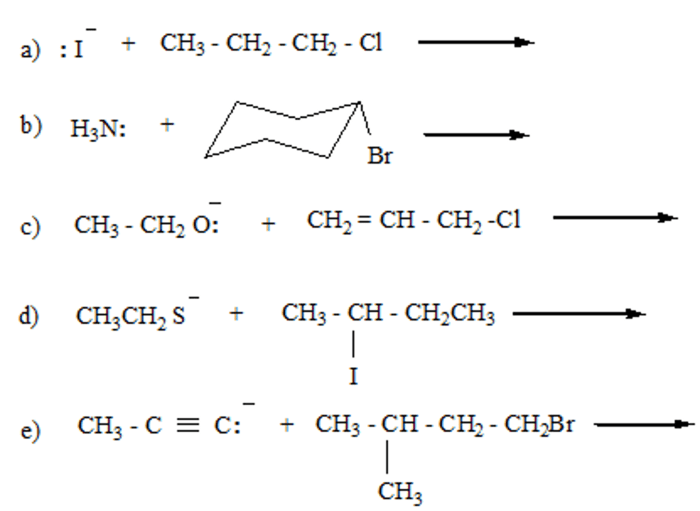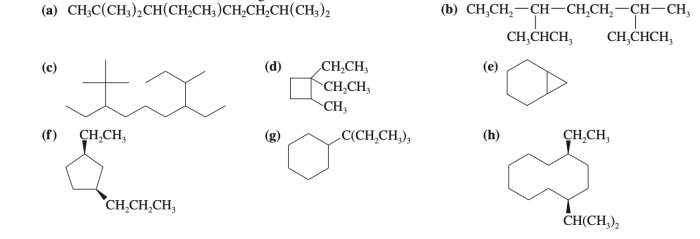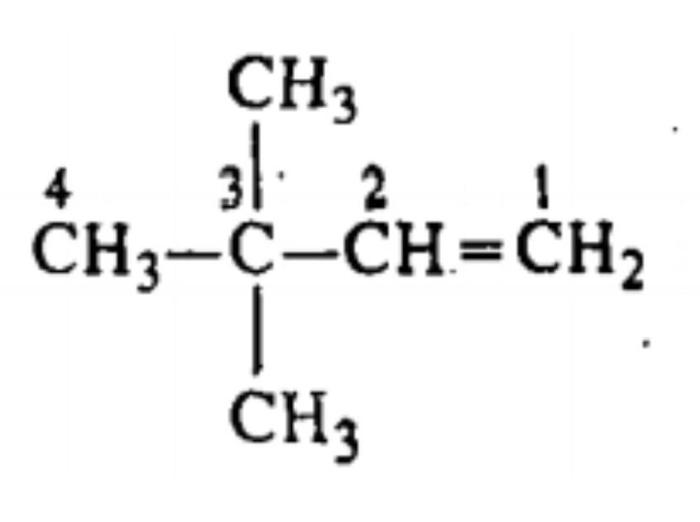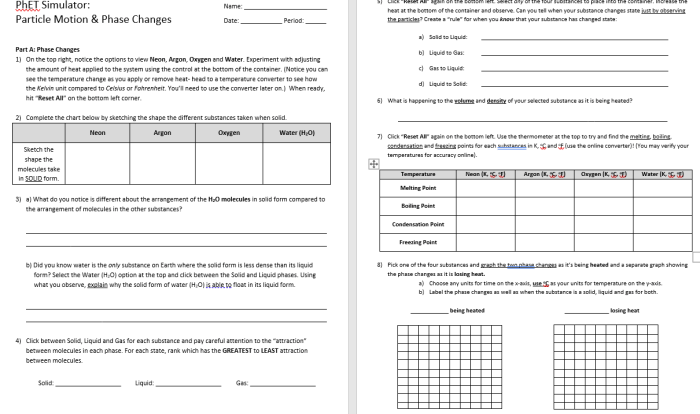Rank the following radicals in order of decreasing stability, a topic of paramount importance in chemistry, takes center stage in this comprehensive exploration. This concept, fundamental to understanding the behavior of radicals, forms the cornerstone of this discourse, providing a thorough examination of the factors that influence radical stability and its wide-ranging applications.
Delving into the intricacies of radical chemistry, this discourse unravels the intricate interplay between radical stability and molecular structure, shedding light on the profound impact of resonance, inductive effects, and steric effects. Moreover, the practical significance of radical stability in organic synthesis and biological systems is meticulously examined, underscoring its crucial role in shaping chemical reactions and biological processes.
Radicals and their Stability
Radicals are atoms or molecules with unpaired electrons. They are highly reactive and can undergo a variety of reactions, including addition, substitution, and rearrangement. The stability of a radical is determined by the number of unpaired electrons, the type of atoms that make up the radical, and the surrounding environment.
Factors Affecting Radical Stability, Rank the following radicals in order of decreasing stability
The stability of a radical is affected by several factors, including:
- Resonance:Resonance occurs when a radical can exist in multiple Lewis structures. The more resonance structures a radical has, the more stable it is.
- Inductive effects:Inductive effects are caused by the electronegativity of the atoms that are bonded to the radical. Electron-withdrawing groups destabilize radicals, while electron-donating groups stabilize radicals.
- Steric effects:Steric effects are caused by the size of the atoms that are bonded to the radical. Bulky groups destabilize radicals, while small groups stabilize radicals.
Ranking Radicals: Rank The Following Radicals In Order Of Decreasing Stability

The following radicals can be ranked in order of decreasing stability:
- CH3CH 2CH 2*
- CH 3CHCH 3*
- (CH 3) 3C*
- CH 2=CHCH 2*
- C 6H 5CH 2*
- C 6H 5*
The most stable radical is CH 3CH 2CH 2*, which has three resonance structures. The least stable radical is C 6H 5*, which has no resonance structures.
Applications of Radical Stability

Radical stability is an important concept in chemistry. It is used to predict the reactivity of radicals and to design new synthetic methods. Radical stability is also important in biological systems, where radicals can damage DNA and other cellular components.
Advanced Considerations

In addition to the factors discussed above, radical stability can also be affected by spin density and hyperconjugation.
Spin densityis the distribution of unpaired electrons in a radical. Radicals with a high spin density are more stable than radicals with a low spin density.
Hyperconjugationis a type of resonance that occurs when a radical is adjacent to a double bond. Hyperconjugation stabilizes radicals by delocalizing the unpaired electron.
FAQ Guide
What is radical stability?
Radical stability refers to the relative resistance of a radical species to undergoing further reactions or decomposition.
What factors affect radical stability?
Radical stability is influenced by several factors, including resonance, inductive effects, and steric effects.
How can radical stability be applied in chemistry?
Radical stability is crucial in organic synthesis, where it governs the selectivity and efficiency of radical reactions. It also plays a significant role in biological systems, influencing the reactivity and toxicity of free radicals.


